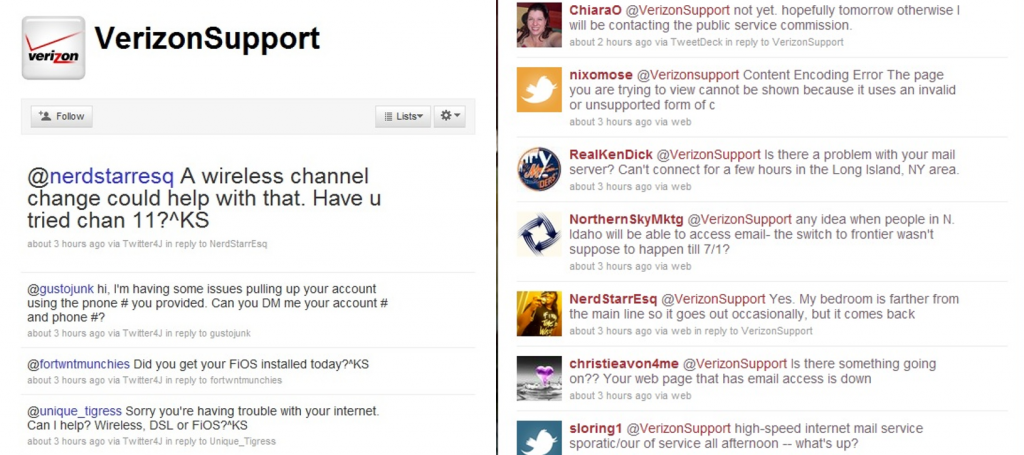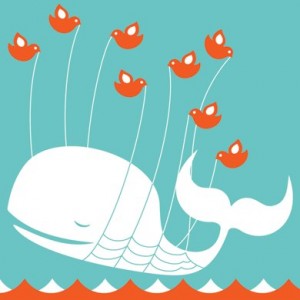My July 2010 video clip of the month is a recently updated video by Erik Qualman, author of the Socialnomics – Social Media Blog, demonstrating social media’s explosive growth in recent years. The video is a follow-up piece to his original social media revolution video from last summer. While some of the information is similar to last year’s version, Qualman has updated the data and included new figures for the first time.
A few of the highlights include:
- If Facebook were a country, it would be the third largest country in the world.
- 50 percent of mobile Internet traffic in the United Kingdom is on Facebook.
- Amazon sold more electronic books for the Kindle than physical books on Christmas.
- 96 percent of millennials have joined a social network.
- Social media has overtaken porn as the number one activity on the web.
- 1 out of 8 couples married in the United States met via social media.
- Facebook tops Google for weekly U.S. Internet traffic.
- Ashton Kutcher and Britney Spears have more Twitter followers than the populations of Sweden, Israel, Switzerland, Ireland, Norway and Panama.
- The fastest growing segment on Facebook is females 55 to 65 years old
Here’s the YouTube video:



